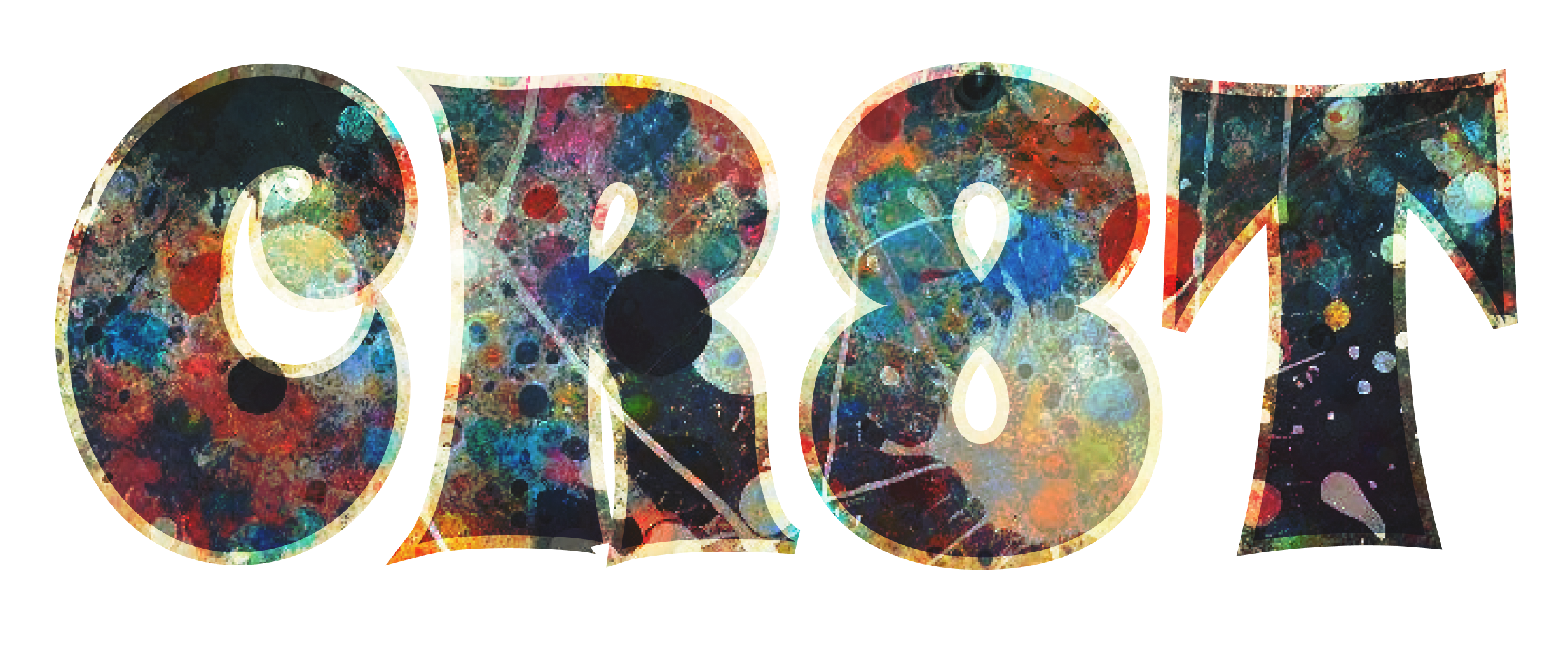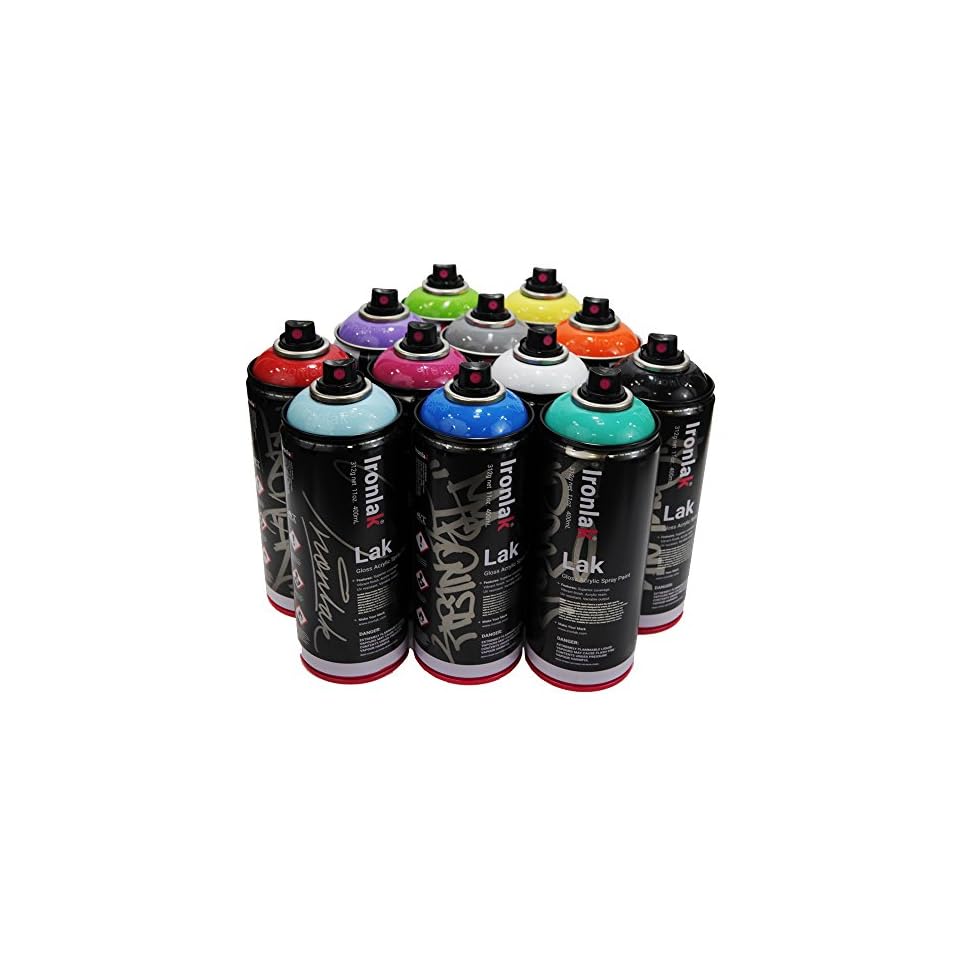Art has always been a reflection of culture, society, and the human experience. In the United States, a diverse and dynamic range of art forms showcases the nation’s rich cultural heritage and creative innovation. From traditional painting to modern digital art, the art scene in the U.S. is as varied as it is vibrant. At CR8T.co, we take a closer look at the most popular art forms in the United States, exploring their origins, evolution, and impact on contemporary culture.
1. Painting
Historical Overview
Painting is one of the oldest and most enduring art forms in American history. From the early colonial period to the present day, painting has evolved dramatically, reflecting changes in society, technology, and artistic vision.
Early American Painting:
- Colonial Era: In the 18th century, American painting was heavily influenced by European styles. Portraits were popular among the wealthy, and artists like John Singleton Copley gained prominence for their detailed and lifelike depictions.
- 19th Century: The 19th century saw the rise of the Hudson River School, a group of landscape painters known for their romanticized depictions of the American wilderness. Artists like Thomas Cole and Frederic Edwin Church captured the grandeur of the American landscape, influencing perceptions of the country’s natural beauty.
Modern and Contemporary Painting:
- Early 20th Century: The early 20th century brought movements such as Abstract Expressionism, with artists like Jackson Pollock and Mark Rothko leading the way. This period emphasized personal expression and abstraction, challenging traditional notions of art.
- Contemporary Trends: Today, American painting is incredibly diverse. Artists explore a wide range of styles and themes, from abstract and conceptual art to figurative and representational work. Prominent contemporary artists like Kehinde Wiley and Yayoi Kusama continue to push the boundaries of painting, incorporating new media and techniques.
Influence and Impact:
Painting remains a central art form in the U.S., with countless galleries, museums, and exhibitions dedicated to showcasing both historical and contemporary works. The evolution of painting reflects broader cultural and societal shifts, making it a vital component of America’s artistic landscape.
2. Sculpture
Historical Overview
Sculpture, the art of creating three-dimensional forms, has been a significant part of American art history. From monumental public works to intimate pieces displayed in private collections, sculpture has played a crucial role in shaping the country’s artistic identity.
Early American Sculpture:
- 19th Century: In the 19th century, American sculpture was influenced by European neoclassical traditions. Notable sculptors like Horatio Greenough and Hiram Powers created works that often reflected classical themes and techniques.
- Early 20th Century: The early 20th century saw a shift towards modernism, with sculptors like Alexander Calder introducing new forms and techniques. Calder’s mobiles and stabile sculptures revolutionized the way people perceived and interacted with sculpture.
Modern and Contemporary Sculpture:
- Mid-20th Century: The mid-20th century brought diverse approaches to sculpture, including Minimalism and Pop Art. Artists like Donald Judd and Claes Oldenburg explored new materials and concepts, challenging traditional notions of sculpture.
- Contemporary Trends: Today, American sculpture encompasses a wide range of styles and media. Artists like Jeff Koons and Kara Walker create provocative and engaging works that often address social and political issues. Public art installations, such as those found in urban parks and public spaces, continue to be a prominent aspect of American sculpture.
Influence and Impact:
Sculpture in the U.S. serves as a powerful medium for public expression and engagement. From iconic monuments like Mount Rushmore to contemporary installations in city parks, sculpture reflects and shapes public spaces and cultural conversations.
3. Photography
Historical Overview
Photography, as an art form and medium of documentation, has had a profound impact on American culture and society. Since its invention in the 19th century, photography has evolved significantly, influencing how people perceive and understand the world.
Early American Photography:
- 19th Century: The early days of photography saw pioneers like Matthew Brady and Alfred Stieglitz capturing historical events and scenes. Brady’s Civil War photographs and Stieglitz’s innovative compositions helped establish photography as a serious art form.
- Early 20th Century: The early 20th century saw the rise of documentary photography, with artists like Dorothea Lange and Walker Evans capturing the struggles of the Great Depression. Their work not only documented social issues but also influenced public perception and policy.
Modern and Contemporary Photography:
- Mid-20th Century: The mid-20th century saw the emergence of influential photographers like Ansel Adams, whose landscape photography highlighted the natural beauty of the American West, and Cindy Sherman, whose conceptual self-portraits explored identity and representation.
- Digital Age: In the digital age, photography has become more accessible and versatile. The advent of digital cameras and smartphones has democratized photography, allowing more people to engage with and contribute to the art form. Contemporary photographers like Nan Goldin and Gregory Crewdson continue to push the boundaries of the medium, exploring new themes and techniques.
Influence and Impact:
Photography plays a crucial role in documenting contemporary life, shaping visual culture, and influencing public opinion. The widespread use of social media has further amplified the impact of photography, making it an integral part of modern communication and self-expression.
4. Film and Video Art
Historical Overview
Film and video art have become central to American culture, reflecting societal changes and technological advancements. From early silent films to contemporary video installations, this art form continues to evolve and captivate audiences.
Early American Film:
- Silent Film Era: The early 20th century saw the rise of Hollywood and the silent film era, with pioneers like D.W. Griffith and Charlie Chaplin creating influential works that laid the foundation for modern cinema.
- Golden Age of Hollywood: The 1930s and 1940s marked the Golden Age of Hollywood, characterized by the rise of major studios and iconic films. Directors like Alfred Hitchcock and Orson Welles pushed the boundaries of storytelling and cinematic technique.
Modern and Contemporary Film and Video Art:
- Independent Cinema: The latter half of the 20th century saw the rise of independent cinema, with filmmakers like Martin Scorsese and Quentin Tarantino creating groundbreaking works outside the traditional studio system. Independent films often explore unconventional themes and narrative structures, reflecting a diverse range of voices and perspectives.
- Video Art and New Media: Video art emerged as a significant art form in the late 20th century, with artists like Nam June Paik pioneering the use of video technology as a medium for artistic expression. Today, video art and new media continue to explore innovative techniques and themes, often incorporating digital and interactive elements.
Influence and Impact:
Film and video art have a profound impact on culture and society, shaping public perception and influencing other art forms. The accessibility and global reach of film and video continue to make them powerful tools for storytelling and artistic expression.
5. Graphic Design
Historical Overview
Graphic design, the art of visual communication through typography, imagery, and layout, has become an essential part of American visual culture. From advertising to digital media, graphic design plays a crucial role in shaping how information is presented and perceived.
Early American Graphic Design:
- 19th Century: The origins of American graphic design can be traced back to the 19th century, with early examples including posters, advertisements, and book illustrations. Designers like the American artist and printmaker Winslow Homer contributed to the development of graphic design in this period.
- Mid-20th Century: The mid-20th century saw the rise of modernist design principles, with designers like Paul Rand and Saul Bass creating iconic logos and visual identities. Their work emphasized simplicity, functionality, and the use of bold typography and imagery.
Modern and Contemporary Graphic Design:
- Digital Revolution: The digital revolution has transformed graphic design, making it more dynamic and interactive. Designers now work with a range of digital tools and platforms, creating everything from websites and apps to social media graphics and digital advertisements.
- Contemporary Trends: Today, graphic design continues to evolve, with trends such as minimalism, retro aesthetics, and motion graphics shaping the field. Designers like Jessica Walsh and Stefan Sagmeister push the boundaries of traditional graphic design, incorporating new technologies and innovative approaches.
Influence and Impact:
Graphic design is a ubiquitous and influential art form, shaping visual communication in advertising, branding, and digital media. Its impact extends beyond aesthetics, influencing how information is conveyed and experienced in contemporary culture.
6. Crafts and Decorative Arts
Historical Overview
Crafts and decorative arts encompass a wide range of handmade and functional art forms, from ceramics and textiles to metalwork and woodworking. These art forms often emphasize skill, craftsmanship, and the use of traditional techniques.
Early American Crafts:
- Colonial and Early American Period: Early American crafts were largely influenced by European traditions, with artisans creating functional items such as pottery, textiles, and furniture. Craftsmen like Shaker artisans developed distinctive styles that combined functionality with aesthetic simplicity.
- 19th and Early 20th Century: The 19th and early 20th centuries saw a revival of interest in traditional crafts, with movements like the Arts and Crafts movement emphasizing the value of handmade objects and the importance of skilled craftsmanship.
Modern and Contemporary Crafts:
- Craft Revival: The latter half of the 20th century saw a resurgence of interest in crafts, with contemporary artisans exploring new materials and techniques while honoring traditional practices. Ceramists like Peter Voulkos and textile artists like Judy Chicago have made significant contributions to the field.
- Current Trends: Today, crafts and decorative arts continue to thrive, with artists exploring a range of mediums and techniques. The rise of DIY culture and craft fairs has further popularized handmade and artisanal objects, highlighting the value of craftsmanship and creativity.
Influence and Impact:
Crafts and decorative arts celebrate the skill and artistry of handmade objects, contributing to the cultural and aesthetic diversity of American art. These art forms often emphasize the importance of tradition, creativity, and personal expression.
Conclusion
The art scene in the United States is rich and diverse, reflecting the nation’s cultural heritage and artistic innovation. From painting and sculpture to photography and film, each art form offers unique insights into American society and creativity. Graphic design and crafts further highlight the dynamic nature of American art, showcasing the interplay between traditional techniques and contemporary trends.
At CR8T.co, we celebrate the vibrant tapestry of art forms that shape American culture. Understanding and appreciating these art forms not only enriches our cultural experience but also fosters a deeper connection to the creative spirit that defines the United States. As you explore these diverse art forms, remember that each one offers a unique lens through which to view and understand the world around us.





